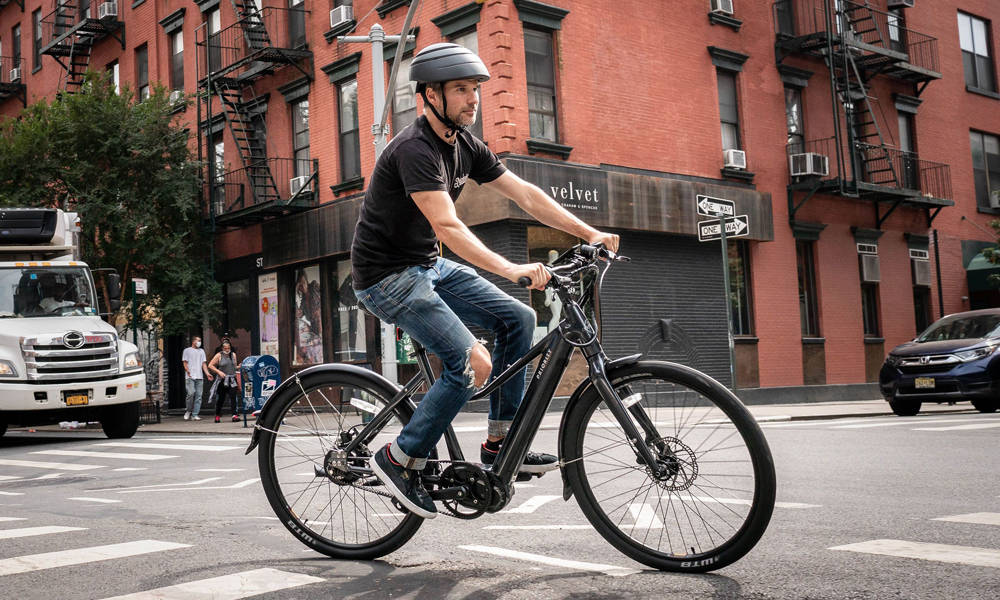Electric bikes, or e-bikes, are becoming increasingly popular as a sustainable mode of transportation in urban areas. With their ability to cover distances faster than traditional bikes and without the need for a car, they have the potential to revolutionize the way we move around in cities. In this article, we will explore the impact of e-bikes on urban mobility.
Reduced Carbon Footprint

One of the most significant impacts of e-bikes on urban mobility is their ability to reduce carbon emissions. As cities continue to face challenges posed by climate change, reducing carbon emissions is a top priority. E-bikes are a sustainable alternative to cars and public transportation, which are major sources of greenhouse gases.
According to a study conducted by the European Cyclists’ Federation, e-bikes emit significantly less CO2 than cars, buses, and even traditional bicycles. The study found that e-bikes emit just 22 grams of CO2 per kilometer, compared to 271 grams for cars and 16 grams for traditional bicycles.
Increased Accessibility
E-bikes also have the potential to increase accessibility in urban areas. For people who live in areas with limited public transportation, e-bikes provide a cost-effective and efficient alternative to cars. They are also an excellent option for people who have physical limitations that prevent them from using traditional bicycles.
E-bikes can travel up to 20 mph, making them faster than traditional bicycles and allowing people to cover longer distances in less time. This increased speed and range make e-bikes an attractive option for people who want to commute to work or run errands without relying on a car.
Reduced Congestion

Another significant impact of e-bikes on urban mobility is their ability to reduce congestion. As more people use e-bikes for transportation, there will be fewer cars on the road. This, in turn, will reduce traffic congestion and make it easier for people to get around in cities.
E-bikes also take up less space than cars, making them an ideal mode of transportation for cities with limited space. They can be parked in smaller spaces and are easier to maneuver in traffic, reducing the likelihood of accidents.
Conclusion
E-bikes have the potential to revolutionize urban mobility. They are a sustainable alternative to cars and public transportation, providing a cost-effective and efficient mode of transportation for people who live in areas with limited public transportation. E-bikes also have the potential to reduce congestion and carbon emissions in cities. As more people embrace e-bikes, we can expect to see significant changes in the way we move around in cities.












